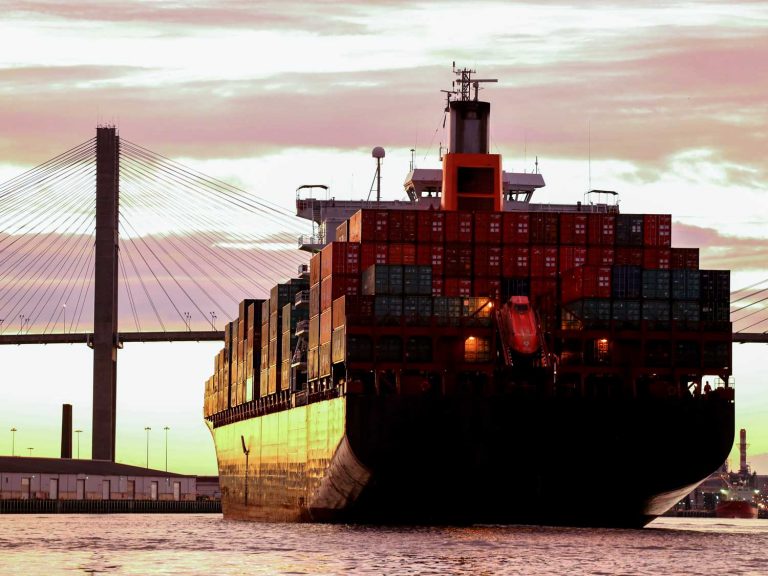
Date:
Shipping at Risk from $1.5M Port Charge
To combat China’s dominance in shipbuilding and revive the US maritime sector, a sweeping proposal from the Trump administration to penalise container ships built in China has sent shockwaves through the global shipping industry. The policy would levy up to $1.5 million per port call on Chinese-built or Chinese-operated vessels entering American ports.
The scale and scope of these potential fees have alarmed the world’s largest container shipping lines, who warn that the move could disrupt global supply chains and dramatically increase costs for shippers and ultimately consumers.
China has become the undisputed powerhouse of global shipbuilding, accounting for over 80% of all newly built container vessels. The largest ocean carriers — including MSC, Maersk, CMA CGM, and Hapag-Lloyd — have heavily invested in Chinese shipyards due to their cost-efficiency, financing advantages, and output capacity. For instance, MSC, the world’s largest carrier, has 24% of its fleet built in China, with 92% of its order-book also tied to Chinese yards. Maersk and CMA CGM show similar reliance, with well over half of their future tonnage scheduled from China.
The proposed fees would apply not only to Chinese-owned carriers like COSCO, but also to foreign lines that have Chinese-built vessels in their fleets or on order. This has drawn strong opposition from the industry, with MSC CEO Soren Toft warning that the policy could add between $600 and $800 to the cost of moving a single container.
That cost, he stressed, would either have to be absorbed by carriers, prompting a withdrawal from US trades, or passed down the supply chain to cargo owners and consumers.
To avoid the financial hit, carriers may consolidate services, eliminating calls at smaller ports and serve only major hubs. This will inevitably create congestion at the terminals and strain inland transport, as containers pile up in fewer locations lacking the right mix of trucks, chassis, and rail capacity.
Reduced carrier capacity, port consolidation, and higher operational costs will all converge to drive prices up. As Andrew Abbott, CEO of ACL, put it bluntly, the plan “would cause a freight rate explosion that would dwarf the COVID-era increase.”
US Trade Representative (USTR) Hearings
The policy has mobilised intense opposition, with over 500 submissions made to the USTR, and dozens of executives testifying at public hearings in recent weeks. Alternative mechanisms such as phased implementation, tiered fees based on vessel type or service region, or per-container charges instead of flat port call levies have been proposed, with the USTR’s final proposals due later in April.
The Trump administration argues that these measures are necessary to rebuild US maritime capacity and ensure national security. But critics note that the US lacks the infrastructure, workforce, and financing mechanisms to quickly scale up shipbuilding, and that domestic vessels are not only four times more expensive to build but also cost double to operate. Even if construction began tomorrow, new ships would not be delivered for years and US exports and imports would suffer in the meantime.
If implemented in its current form, the port fee proposal would reshape global liner networks, drive up transportation costs, and jeopardise the competitive position of US exporters. It may also lead to structural realignments in trade patterns, with cargo diverted to Canadian and Mexican ports, and long-term erosion of US port and logistics competitiveness.
We’re working closely with clients as we monitor regulatory developments, ready to react and adapt container shipping strategies in real time. If your supply chain depends on US port access, now is the time to assess your exposure and prepare contingencies.
EMAIL our Managing Director, Andrew Smith, to learn how we can protect your network, manage cost risks, and keep you competitive — no matter how the tide turns.
